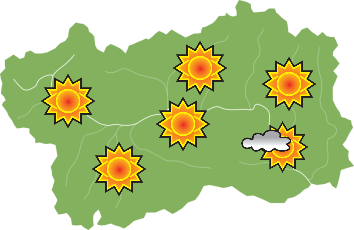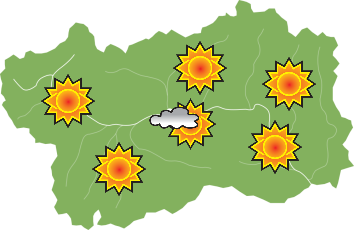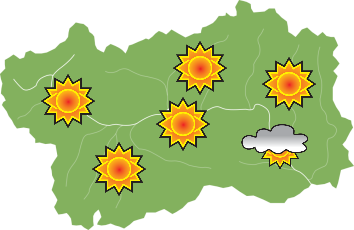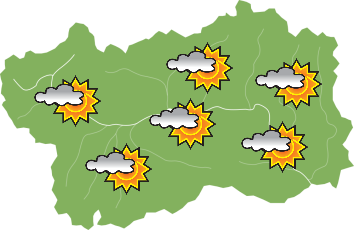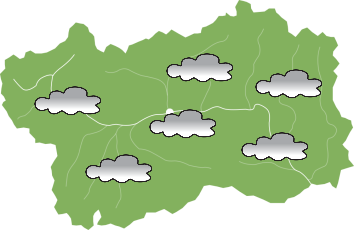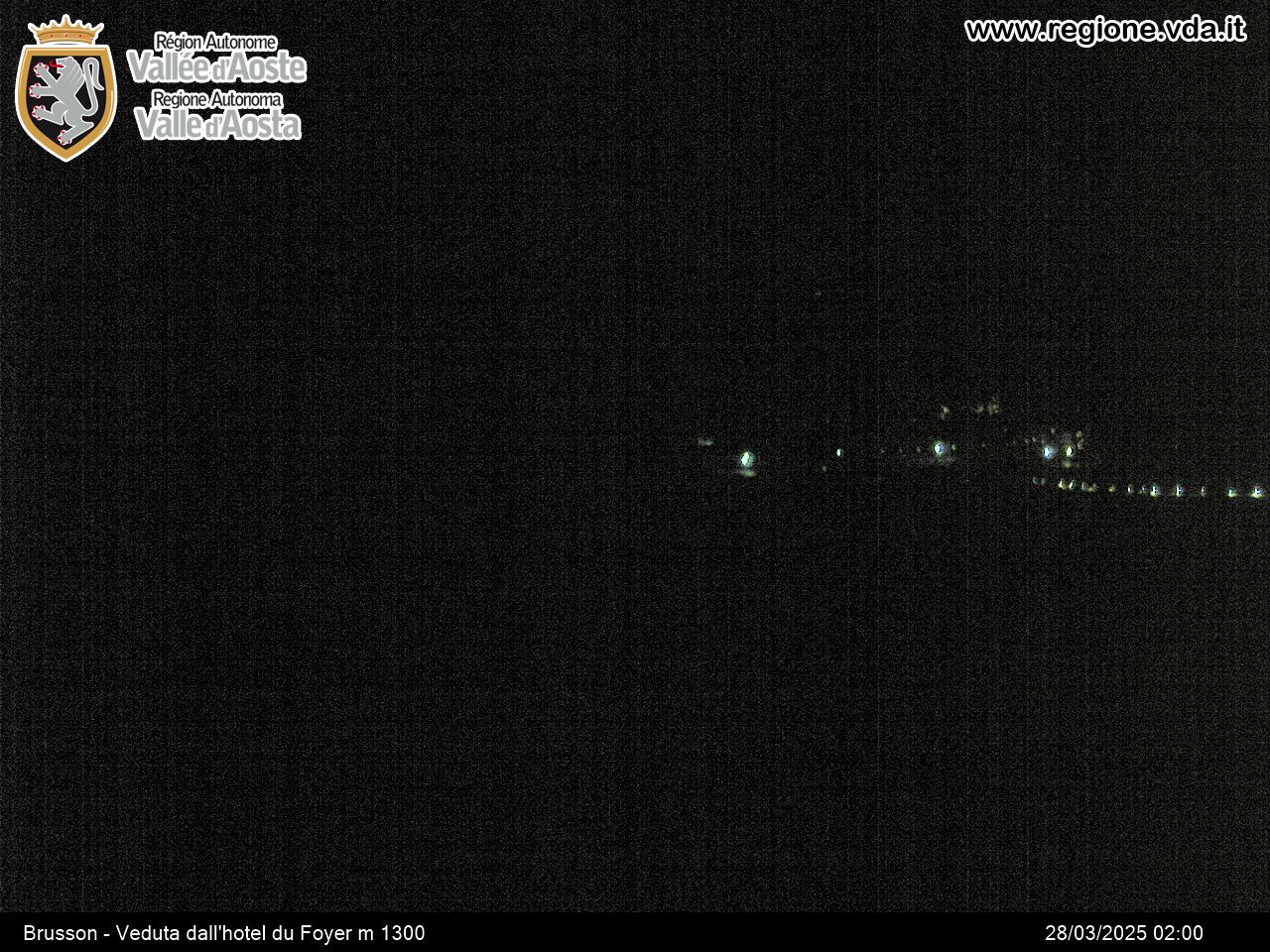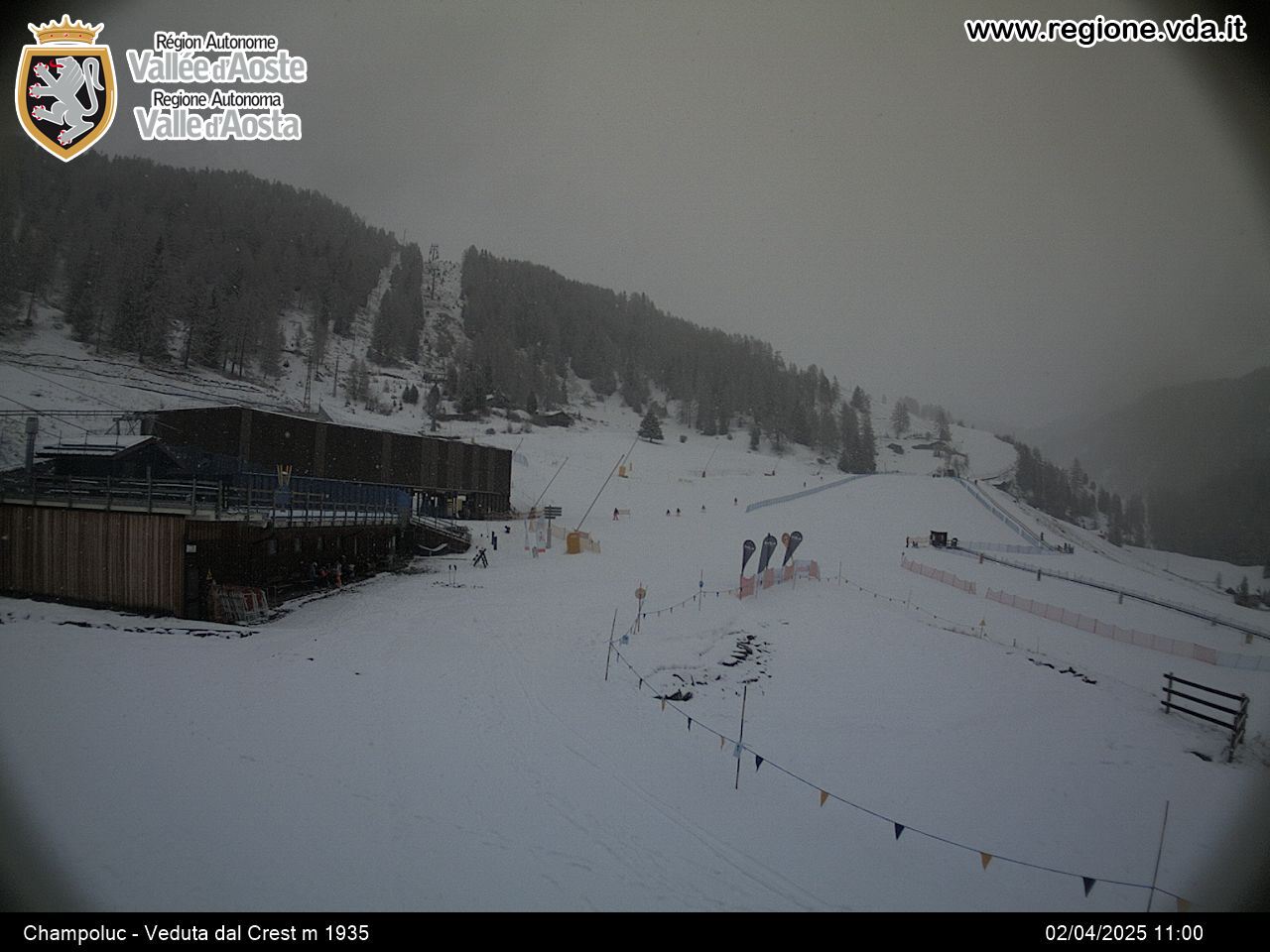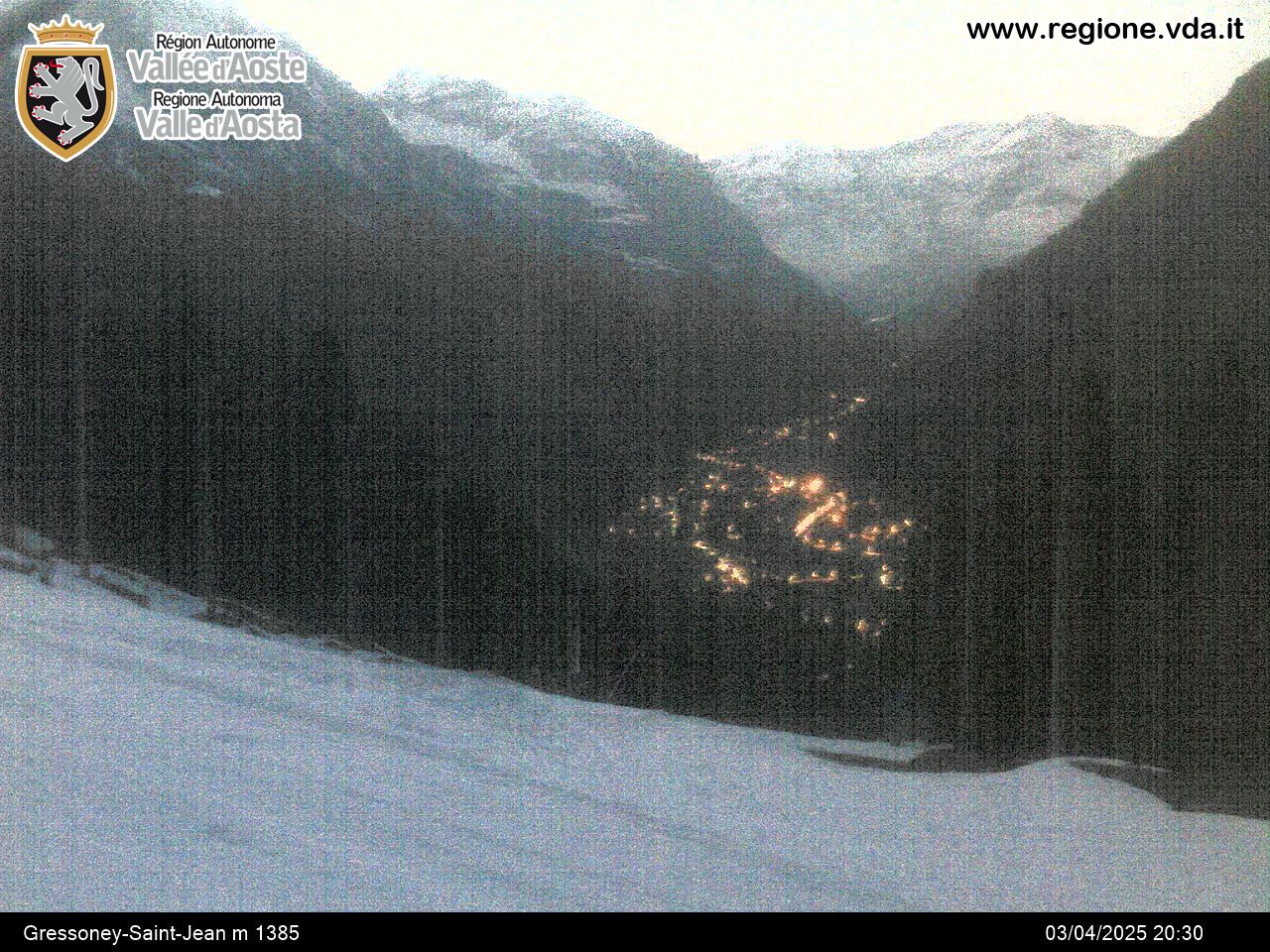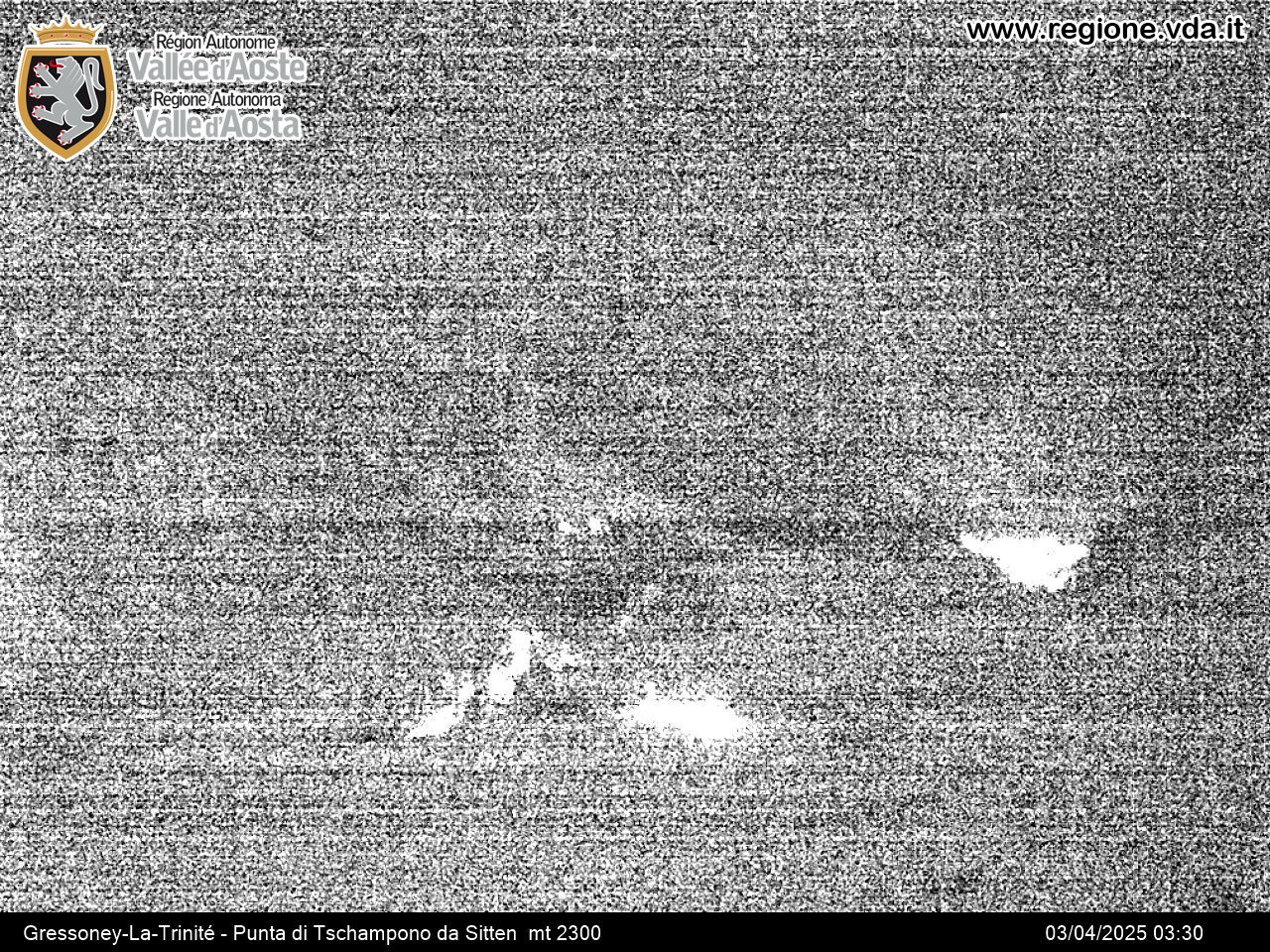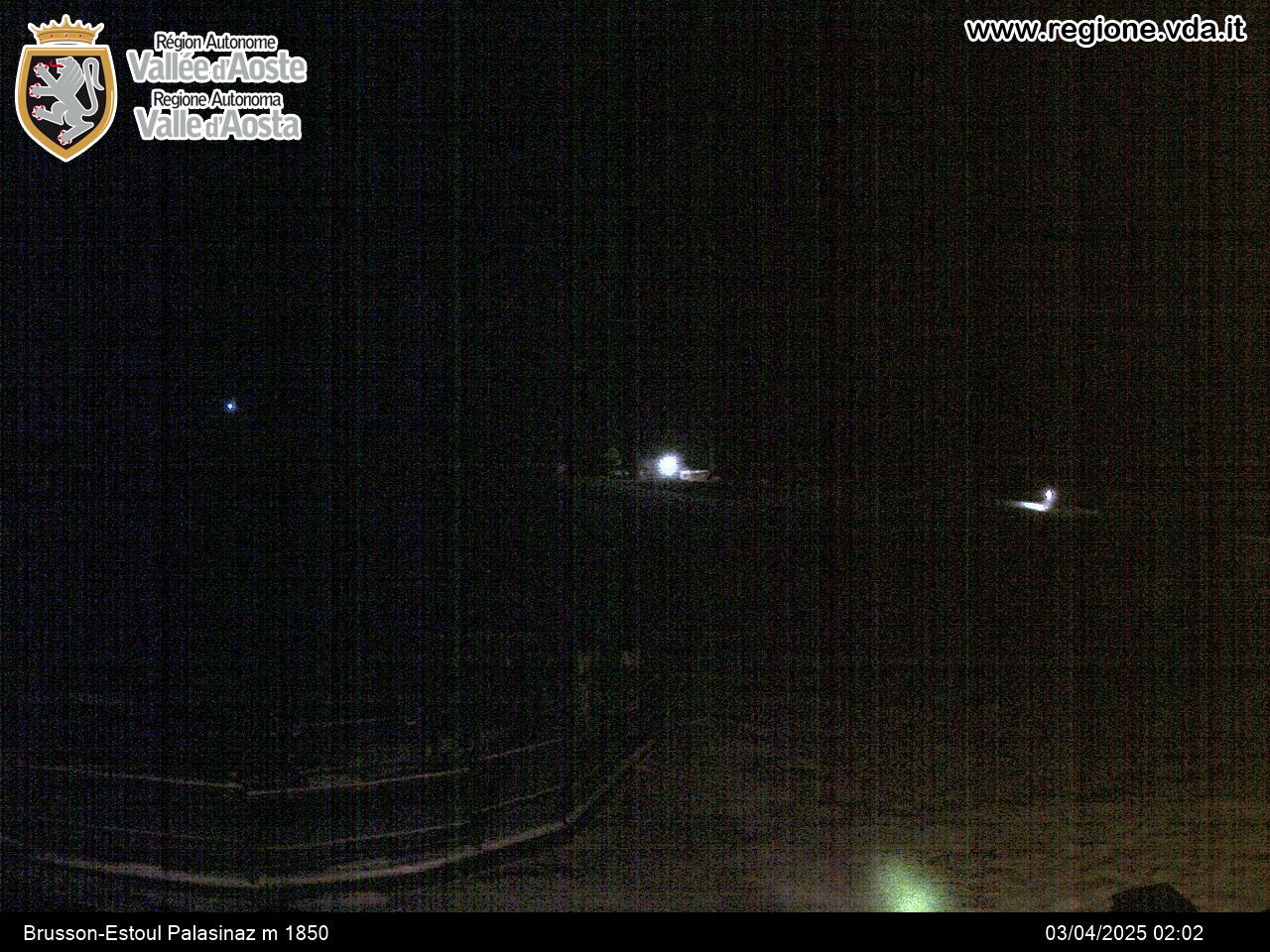Challand-Saint-Victor
Challand-Saint-Victor, a tiny village lying at 765 metres, is divided into numerous hamlets distributed among chestnut and walnut trees. It enjoys a dry climate sheltered from the winds, mild all year round. The territory is crossed by two antique irrigation channels, the Ru d’Arlaz and the Ru Herbal, which were very important for the onetime economy of this region.
This district was the first possession of the noble and wealthy Challant family, the most important Valdôtain family of the Middle Ages, whose historical fortunes are firmly linked to those of the Aosta Valley itself.
WHAT TO SEE
● The Parish Church of Saint Victor: rebuilt in the XVII century, it preserves a portal and buttresses dating back to the XV century. The construction was financed by the Counts of Challant: their coat of arms is still visible in a keystone above a buttress.
● The ruins of the Villa Castle: set on a rocky area near the village of Nabian, it represents one of the oldest manors having belonged to the noble Challant family.
● The chapels: many small churches were built in the village, including the Saint-Préjet chapel in Targnod, built between devotion and popular imagination. In the local patois in fact ‘predzi’ means ‘to speak’: that is why, even today, the Saint to whom the small chapel is dedicated is still invoked to heal children from stuttering.
● The 'Roman' bridges: in the hamlet of Verval we can find two humpback bridges of medieval origin, otherwise known as ‘Roman bridges’. They had a significant and fundamental role in the rural economy of the past because they linked the two banks of the valley.
NATURE AND SPORT
The woods of Challand-Saint-Victor, crossed by ancient paths, are the ideal place to take relaxing walks in the nature or more difficult excursions, including the one to the Dondeuil pass or the Becca Torché. Old mule tracks and rus, the antique irrigation channels, offer many interesting routes to mountain bikers, no matter their experience level. For horse riding lovers, a riding centre is also available.
The village is best known for the Lake Villa nature reserve, a unique environment that is home to rare botanical species and animals. Very suggestive is also the Isollaz waterfall near the hamlet of Targnod.
In winter, since the resort lies close to the ski slopes of Brusson and the Monterosa Ski area, it is an ideal place for a relaxing holiday away from the busiest villages, which still offers fun and sport activities.
EVENTS AND TRADITIONS
● Black bread festival: in October, the community ovens of over 50 municipalities of Aosta Valley, including the one in the hamlet of Nabian ,fire up to bake the traditional black bread. The bread baking, which formerly took place once or twice a year, still represents for the inhabitants an important moment of sharing.
● The Middle Ages in the Challant lands: this is a festival which takes place in the villages of Issogne, Verrès and Challand-Saint-Victor, leading people to discover the history of the noble Challant family that dominated the lower Aosta Valley in the Middle Ages.
FOR THE LITTLE ONES
Challand-Saint-Victor is an oasis of peace and calm, ideal for families. With a short and pleasant walk, which can also be done with a stroller, people can easily reach the charming Villa Lake. Along the path number 11, leading from this nature reserve to the Col d’Arlaz, a land art trail with 14 artworks created using natural materials was realized: the walk will be a bit tiring but very fun for children!
CHALLAND-SAINT-VICTOR OUTLINE
● Altitude: 765 metres
● Inhabitants: 540
● Distance from Aosta: 35 km
● How to get there by public transport: Challand-Saint-Victor is reachable by bus with the line “Verrès – Saint-Jacques”. For timetables and further information, please visit the website of the VITA Group company.






